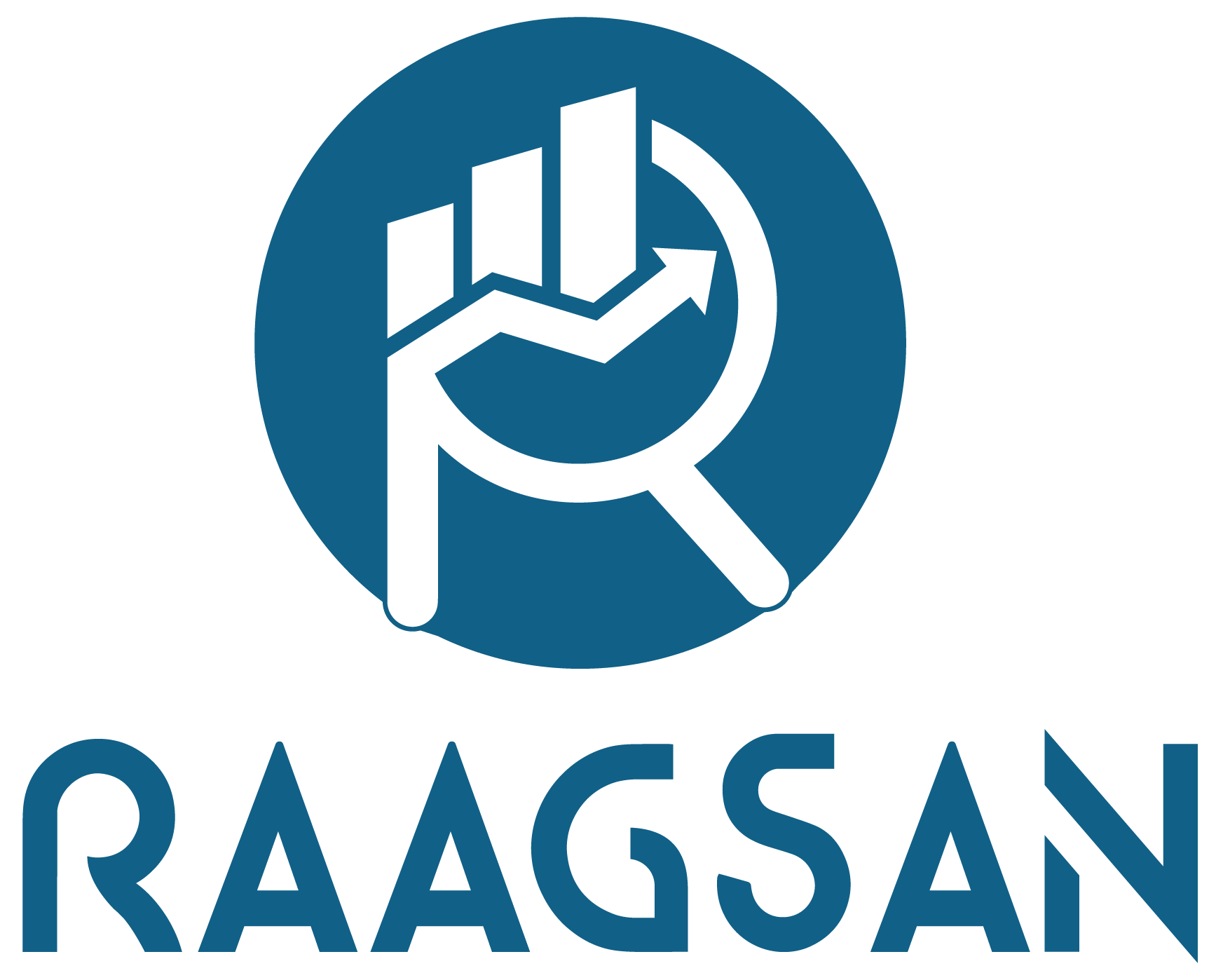
- July 21, 2024
THE CHANGING LANDSCAPE OF CASH PREPAREDNESS: Lists, Risks and Relationships
With predictions of a fifth consecutive season of poor rainfall, concerns are mounting for already vulnerable populations in the Horn of Africa. While humanitarian agencies have been responding, the prospect of poor rainfall continuing through 2022, and possibly into 2023, means that what is already an extremely difficult situation risks deteriorating significantly. The ability to reach those in need at speed is of utmost importance.
This study is designed to help CVA actors to review their existing CVA preparedness with a view to supporting further scale-up when and where that is needed. It looks at the speed of the current response in Ethiopia, Kenya and Somalia and explores what CVA actors themselves believe is required to improve timelines for delivering quality CVA in the coming months and beyond.
Over 200 people were consulted through interviews, an online survey and during country-focused (online) workshops. Their contributions give a sense of what may be considered realistic lead times between the receipt of funding and its delivery to the intended recipients, and guidance on how to achieve them. Solutions take the form of a mix of improvements on current practices and the development of new working approaches, engaging with new actors as well as adapting to a changing institutional context that spans humanitarian, development and government action.
While there are differences across the three countries, CVA actors report impressive lead times of between seven and 30 days. Achieving these lead times is contingent on several factors, including an existing and verified beneficiary list, a shock-responsive feature in existing programmes, and a good relationship with a financial services provider (FSP).
However, organisations emphasised that speed is not everything. A frequent requirement is to conduct targeting exercises, which delays response times, and there is much interest in improving the accuracy and timeliness of targeting. There are also significant gaps in coverage for populations that are hard to reach, owing to a combination of challenges around distance, insecurity and the absence of programming by CVA actors, as well as those subgroups within a population that are invisible to current targeting norms, generally not being served. As the importance of recipient lists is increasingly appreciated – whether for a timely response or to serve excluded populations – the need to share data or access information grows more important. These efforts are impeded by clear evidence that not all lists are up to date or may not include people affected by the crisis.
Download the full report here.

